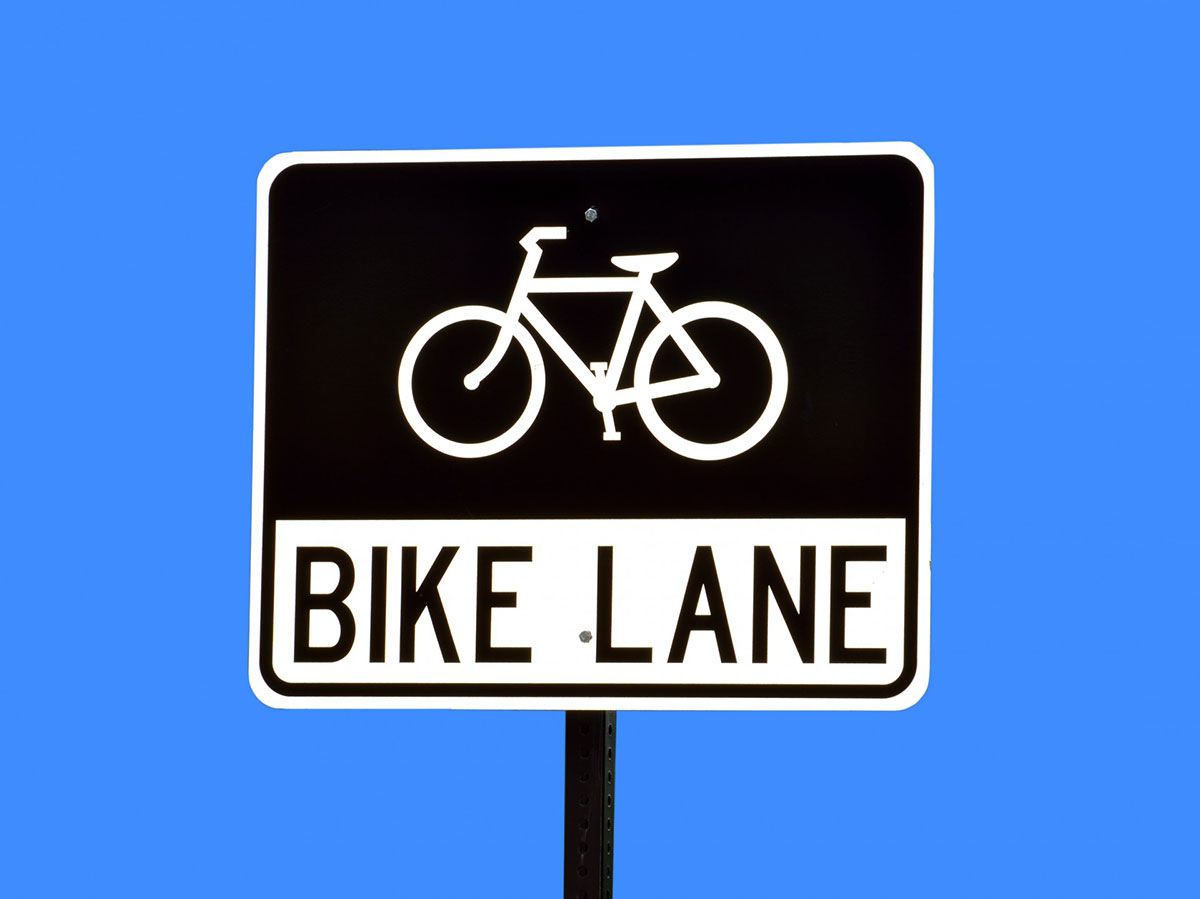
Plans in motion to revitalize Houston bike trails
The City of Houston wants to transform itself into a more bicycle friendly city by adding nearly 1,780 miles of bike lanes and implementing new safety policies by the year 2026.
The Houston Bike Plan, which is the official name for this initiative, has been in development since early 2015 with help from both the community and numerous partners such as the Texas Department of Transportation, the Federal Highway Administration, the Houston Parks Board, Bike Houston and the Houston – Galveston Area Council with the Federal Transit Administration.
The current long-term vision of the plan shows a combination of off-street, dedicated on-street and shared on-street bike lanes from Kingwood, across downtown Houston and all the way down to Clear Lake.
For shared on-street bike lanes, cyclists share the roadway with car traffic. With dedicated on-street lanes, there is a barrier between the cyclists and car traffic. Off-street bike lanes, or trails, are completely separated from traffic
Many local cyclists have expressed interest in the plan. This includes Karen Barbier, associate director of university communications-media relations at UHCL, who is also an avid cyclist. She is a member of Space City Cycling Club and she rides her bike an average of 4 to 5 times per week.
“I think it is a wonderful way for people to get to town if that’s the way they choose,” Barbier said. “Especially if they expand it so that you can do it safely without fear of getting hit by a car.”
Jonathan Snow, professor of geology at the University of Houston’s main campus, is another cyclist who is optimistic about the new Houston Bike Plan.
“I really encourage the efforts Houston is making to improve the bike lanes,” Snow said. “It can improve peoples’ quality of life.”
Snow said he supports the Houston Bike plan because he feels that the current system is outdated and needs to be improved. He also said that many of the bike lanes in Houston are not in good shape and that car traffic can be too fast.
“Streets with high speed limits reduce bike safety,” Snow said.
Two of the primary goals of the Houston Bike Plan are to improve the safety of all bike lanes, and to create easier access to each lane. It also addresses the need to build and maintain facilities, such as “end-of-ride amenities,” and to provide education and encouragement for increased ridership.
However, despite its ambitious goals, the Houston Bike Plan still has one major obstacle before it becomes finalized.
“There is no money set aside,” said Matthew Seubert, Planner for Transportation for the City of Houston. “Right now, there is no dedicated funding.”
Seubert is among those working for the city who recognizes a need for an updated plan. He is certified by the American Institute of City Planners and has been working with the plan since March 2015. In the next few months, the Bike Plan will be presented to the Planning Commission and the City Council of Houston to be considered for adoption. No calendar date for this presentation has been set yet.
If the plan is adopted, Seubert hopes that the plan can raise Houston from a Bronze Level into a Gold Level bicycle friendly city.
This leveling system was developed by the League of American Bicyclists and ranks cities based on their standards for safe bicycle lanes and whether or not there is a dedicated cyclist community. Currently, the only city in the state of Texas that has a Gold Level for bicycle friendliness is Austin.
In order to reach a Gold Level, there is also a need to educate the community on both safer cycling practices and sharing the road with bikes while driving a car. The Houston Bike Plan acknowledges this in the Bicycle Toolbox, which is in the Executive Summary of the plan. This toolbox is a detailed outline that lists recommendations for how to best proceed with the enacting of new policies and a formation of educational programs for the community.
One such existing program is Sunday Streets, Houston’s Open Street program. Seubert said that a combination of school programs, education campaigns to raise awareness and better signage on the City’s roads could also help teach the community.
In early 2016, a draft of the plan was released and feedback was sought from the community of Houston.
“We have about 200 letters of support,” Seubert said. “There is a really strong public engagement.”
For more information about the Houston Bike Plan, please visit http://houstonbikeplan.org. For the full executive summary of the Houston Bike Plan, see http://houstonbikeplan.org/executive-summary
